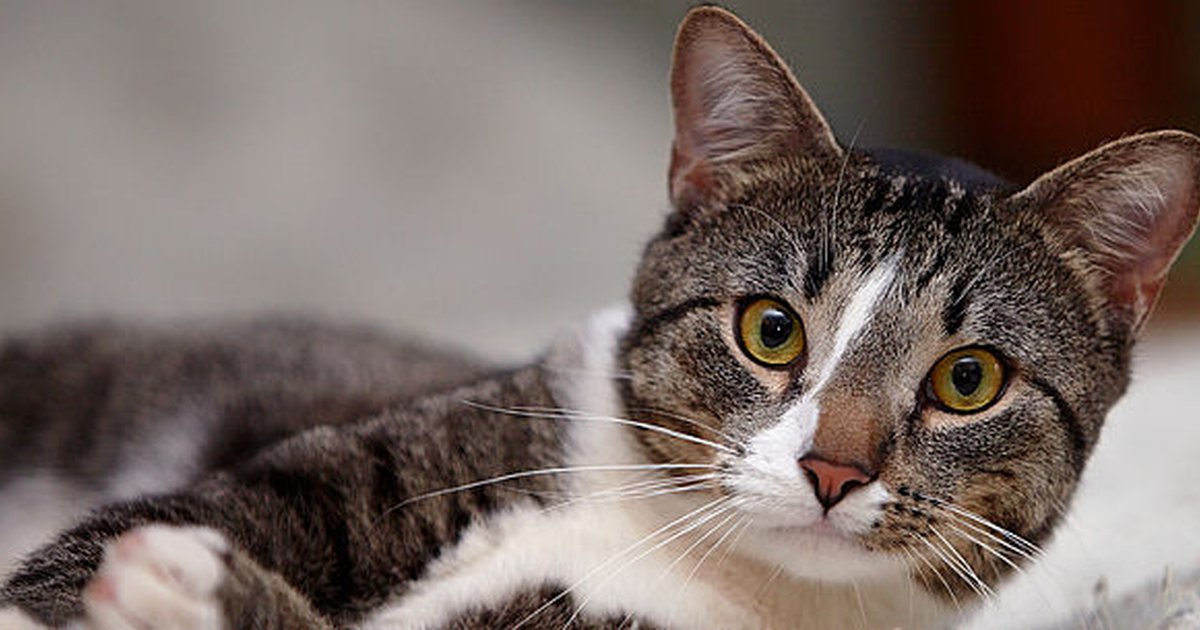Pets are like family, and there is nothing we wouldn’t do to ensure that they live a long and healthy life by our side for as long as they can. Now the famous saying might say that cats have nine lives, and there is no denying that they do have a mysterious ability to avoid close calls and always seem to land on their feet, but that doesn’t mean that they shouldn’t properly be taken care of.
On average, a domestic cat can live anywhere up to 20 years, provided that all their needs and all the necessary precautions are met. Most of the time, the dangers that tragically cut short our feline’s lives are those that could easily have been prevented.
So, the question is: what are the steps that need to be taken to ensure that our cats can live longer. You’ll be surprised to find a lot of very obvious instructions on the list, as well as things you didn’t necessarily think, were potentially dangerous for your feline. So, let’s get to it!
Timely visits to the vet
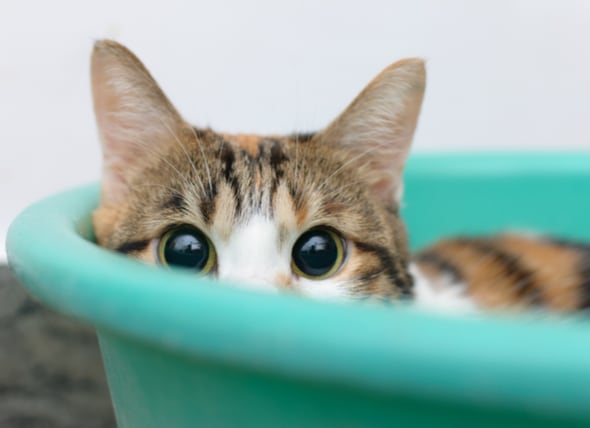
Cats are silent sufferers, and so it is very easy and quite common for signs of something not being right with them to slip by from our notice. They’ll tuck themselves in a corner and brave through with whatever is bothering them. And so, as responsible cat parents, you should keep an eye out to see if your cat isn’t acting out of character. For example, your cat can seem more lethargic than usual, or they might not be eating food. Don’t waste time if you pick up on these signs. Even if there aren’t any obvious signs of something being wrong, but your gut tells you otherwise, be safe rather than sorry and make a trip to the vet.
Other than if something seems off, your cat also requires regular checkups and routine vaccination to keep them safe from illnesses and screen them for any potentially life-threatening conditions, for ticks or fleas, and even heartworm. If nothing else, your cat may need a nail trim and an ear cleaning that only your vet can do properly.
Make sure they are getting the right food.
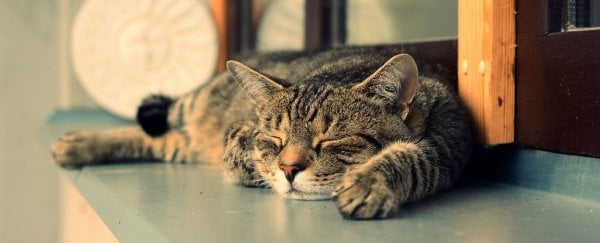
You’ll be shocked to learn that cats shouldn’t be drinking milk. Cats, as it turns out, are lactose intolerant, and so if they are given milk, they won’t be able to digest it and will lead to health concerns. This is a prime example of why you must know exactly what to feed your cat and what not to. It is also important to know how much to feed your cat. Obesity is a real issue, even for felines.
If you opt for commercially available food, consult with your vet as to how much-wet food should be given and how much kibble. If you do feed your cat kibble, make sure they drink ample water since kibble is dry and, unlike wet food, doesn’t keep your cat hydrated.
Keep your kitty indoors.
If you compare the life expectancy of an indoor cat with that of an outdoor cat, you’ll find that indoor cats have longer life spans drastically, almost up to ten years more! The most obvious reason being that at home, their environment is as safe as it can get without the risk of being attacked by other animals, coming into contact with parasites that carry diseases, getting trampled over by a car, or being exposed to toxins that people carelessly use. Indoor cats live in a very protected bubble.
Ensure your house is cat-proof.

As cat parents, we worry about making sure that our cat doesn’t go out and expose itself to all the outdoor dangers that are lurking around. But what about our own house? Can we say for sure that there is no threat to our cat’s health indoors?
As responsible cat owners, we have to ensure that our houses are also completely safe for our feline friends. The most common danger to our cats is house plants. Almost all popular house plants are deemed unsafe to have around cats, and a prime example is lilies. Lilies are highly toxic plants for cats and should not be kept in the same house as our feline friends.
Just because your cat is indoor doesn’t mean that their instincts cease to exist. Cats are predators, and for your indoor cat to be healthy and live longer, they need mental stimulation. The best way forward is to encourage natural behaviors such as pouncing, climbing, and scratching. Use a laser or a ball to encourage your cat to run around and try to catch it, and also invest in a cat tree and scratching post that your cat can scratch and climb.
Indoor cats don’t need to be deprived of access to nature. Give your cat its own “catio” or a perch on the window where they can get a nice view of the outdoors and ample sunlight to bask in.
Ensure that they have access to clean water
Cats usually have a low thirst drive and so making sure that they have access to clean water is of utmost importance. While they do get most of their water requirement from the wet food that they eat, they still need to be encouraged to drink water. To do so, make sure you keep a few options of water sources around the house and make sure that the bowls are properly cleaned. If your cat feels that the bowl isn’t clean, they’ll simply refuse to drink the water altogether.
Try to keep your cat’s food away from their water source. Cats are finicky, as you may have come to realize by now, and for some reason, they think water near their food is contaminated. It would also be advisable to find cat-appropriate water bowls to avoid whisker fatigue.
Brush your cat often
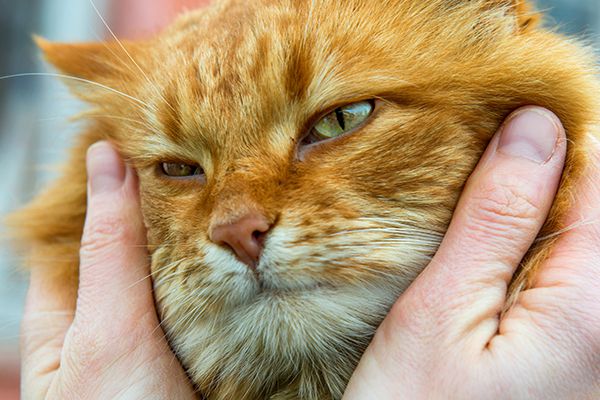
Cats are one of the cleanest animals out there, which explains why you’ll often find them grooming themselves almost obsessively. In summers, they tend to shed their fur excessively, and as a result, they might swallow a lot of furs, which in turn will cause them to puke out more hairballs.
To avoid putting your cat through the distress of having to vomit hairballs, brush them regularly. Regular brushing also will help you get familiar with your cat and its body. It is a great bonding exercise and also helps you pick up on any changes such as tenderness and also helps you spot ticks or wounds. It also keeps their coat nice and shiny.
If you have a long-haired cat, grooming is important because otherwise, their fur gets knotted, and the messier the knot, the more it causes them distress as it pulls on their skin. Brushing helps avoid this issue.
Keep their litter box clean.
Like we mentioned before, cats are clean animals, and they expect their surroundings to be kept clean as well. Litter boxes are no exceptions. If you don’t clean up after them, or if they feel as though their litter box is smelling bad, they might refuse to use it. Keeping their litter box clean, as nasty as the job is, not only helps avoid accidents at home but also helps owners track their cats’ output and pick up on any alarming signs such as blood in their urine or stool.
Get them neutered/spayed.
Although this is a much-debated conversation, if we are to go by the statistics, neutered cats are found to live up to 62% longer lives than those cats who haven’t been neutered. Similarly, cats who have been spayed live 39% longer lives.
Additionally, spaying/neutering your cat is known to reduce the risk of diseases such as ovarian cancer in your cats. It also ensures that your cat won’t run away during the mating season in search of a mate.
Keep your cat’s surroundings safe
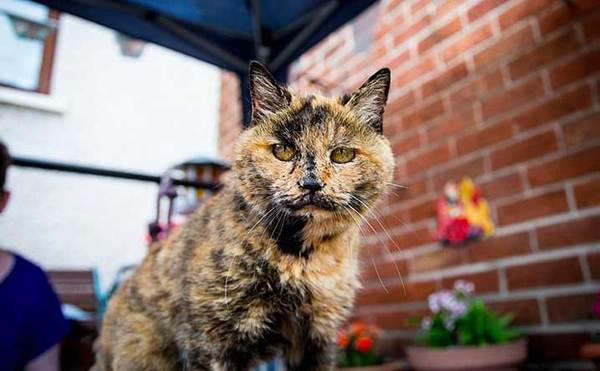
The environment that your cat lives in also plays an important role in where their health is concerned. Make sure that you use cat-friendly detergents or sprays around the house. Exposure to chemicals can lead to health concerns for your cat as they weaken their immune system making them more prone to contracting diseases.
If you are a smoker, keep this in mind: secondhand smoke is just as dangerous for cats as it is for humans. While we can’t expect you to give up smoking altogether, make sure you don’t smoke around your cat.
Conclusion:
Ensuring that your cat lives a long and healthy life isn’t as difficult as you would expect it to be. For most of the part, we tend to overlook the important steps without realizing just how important those steps are in maintaining a healthy lifestyle. The good news is that now you know and will be able to keep your cat healthy and safe.
